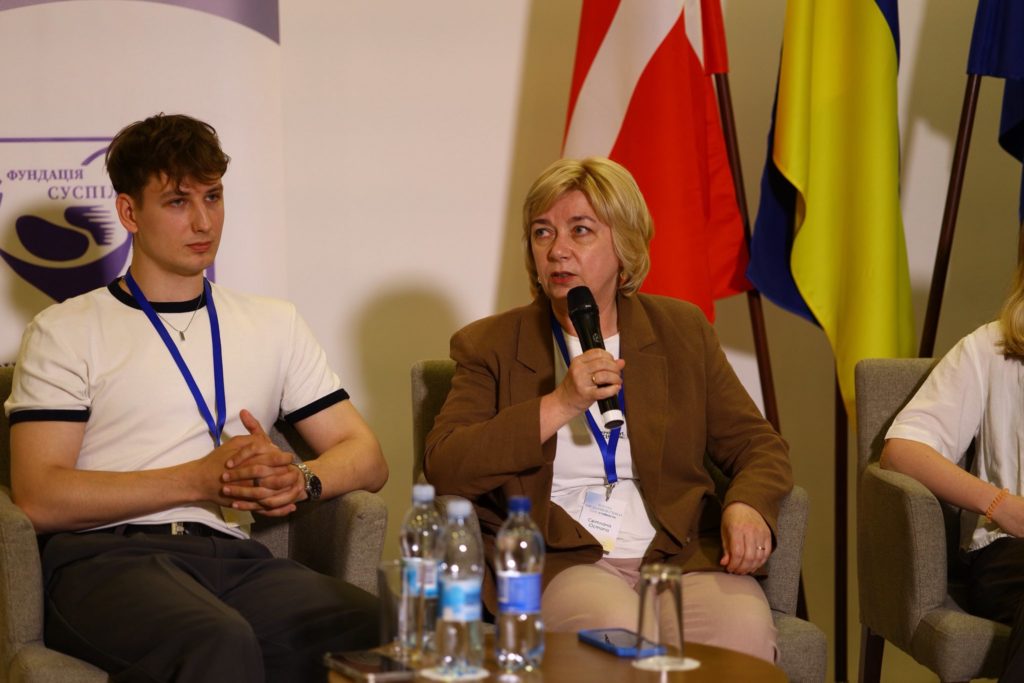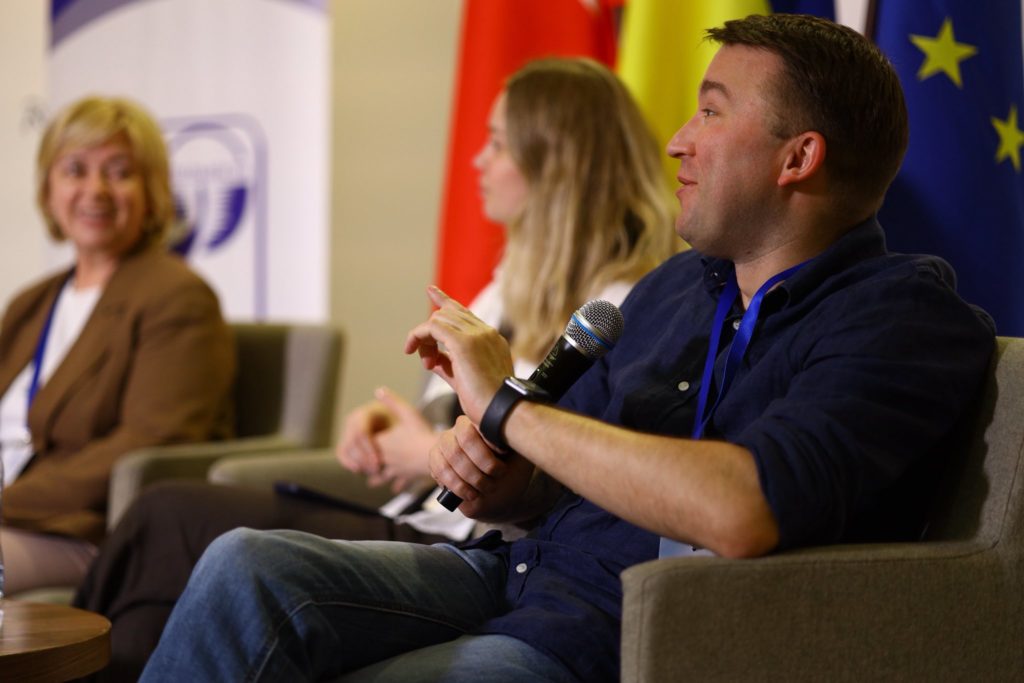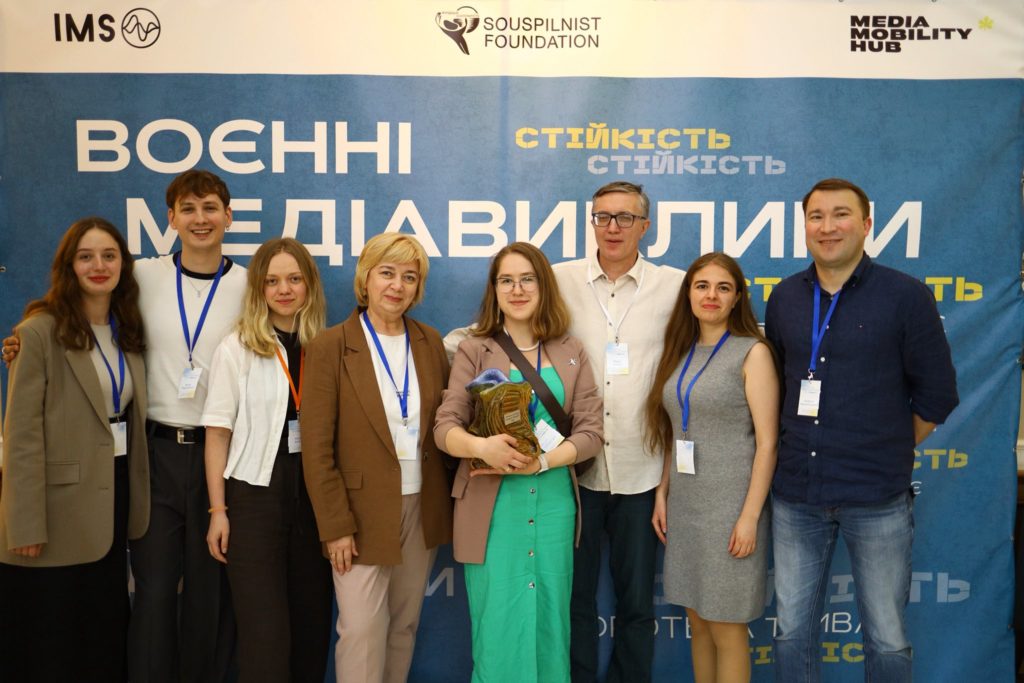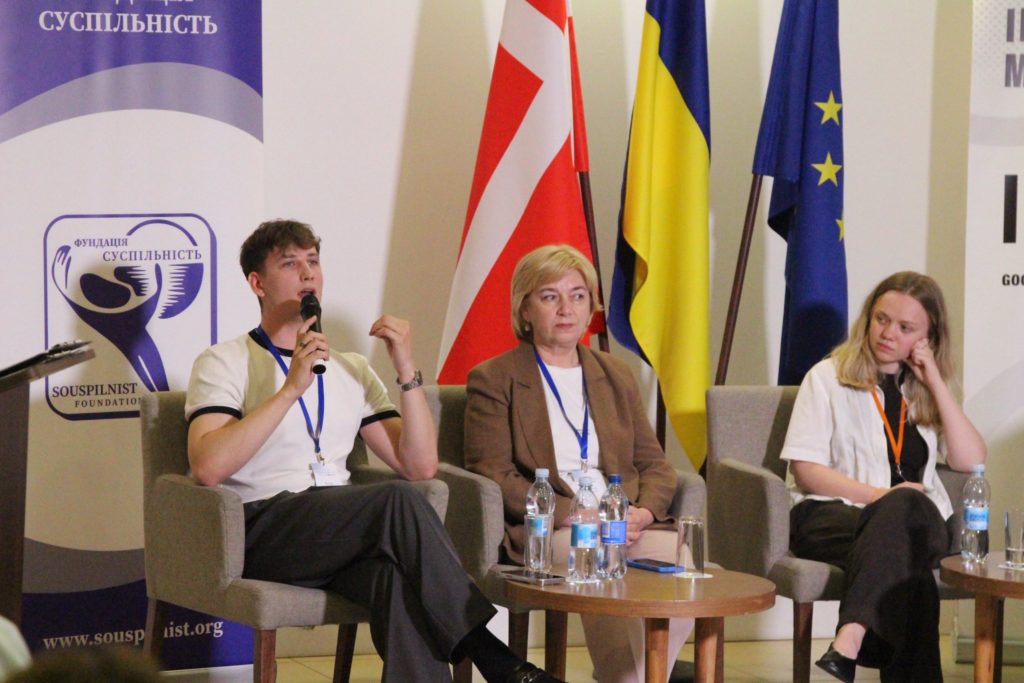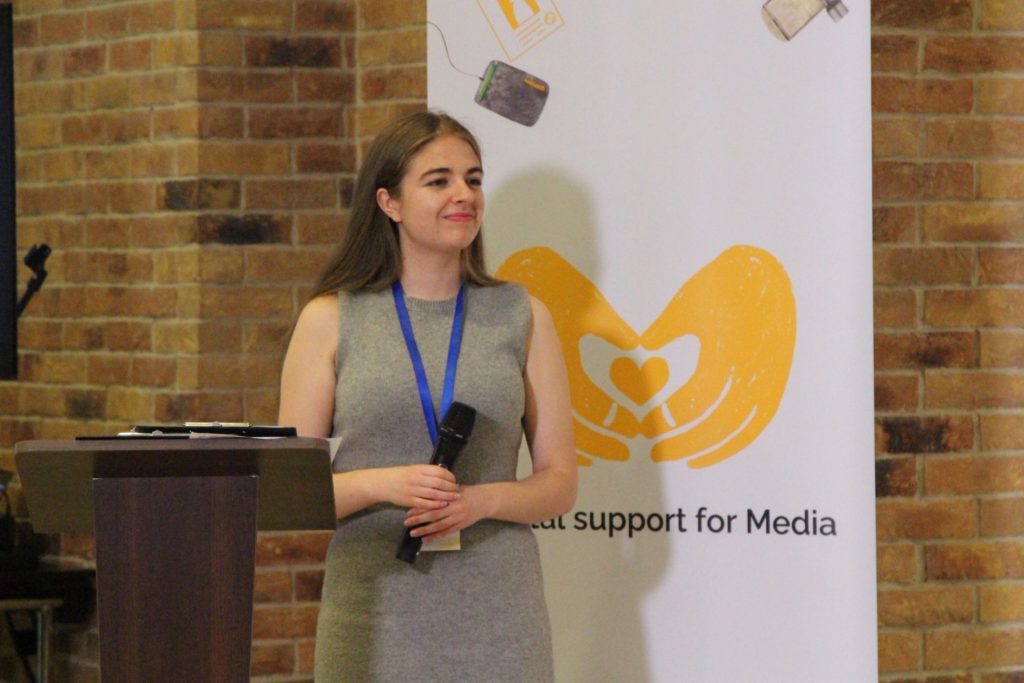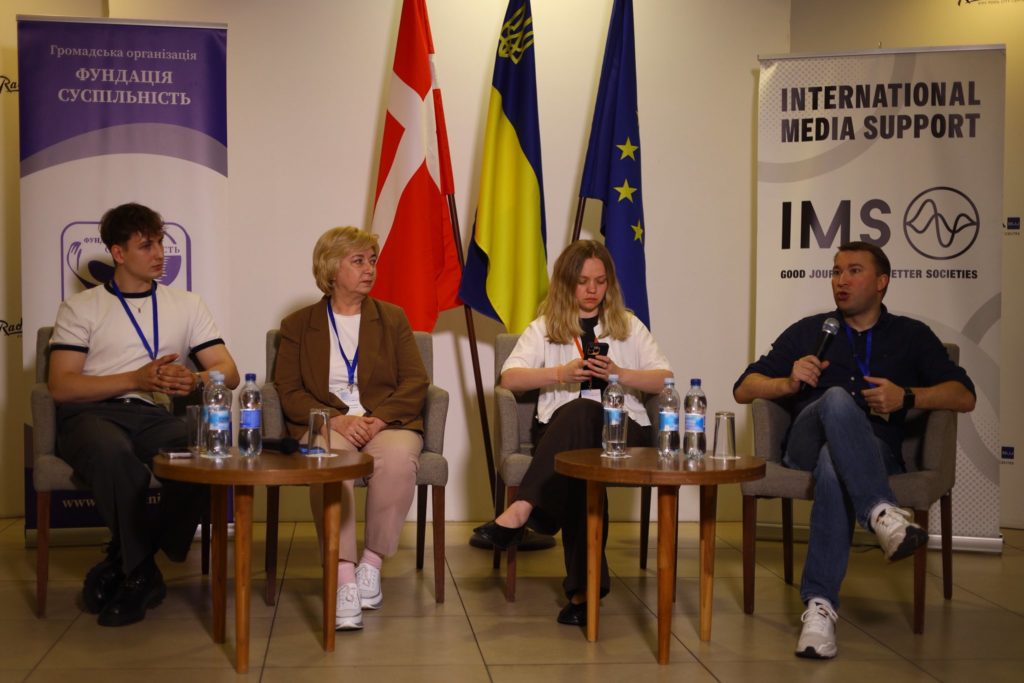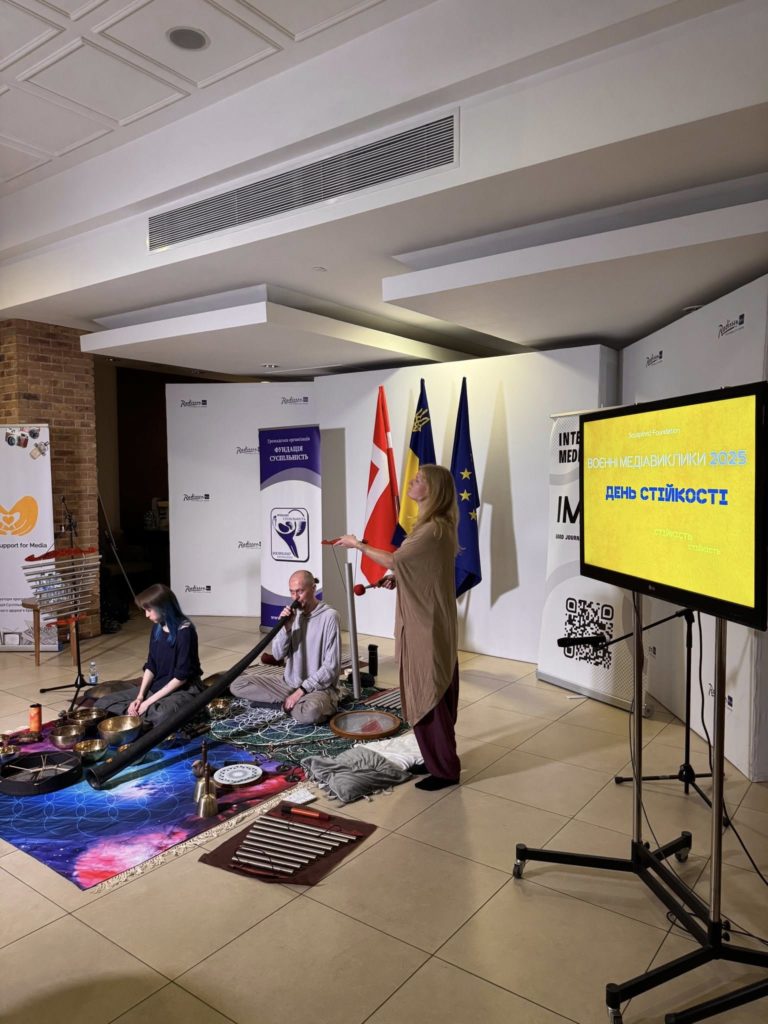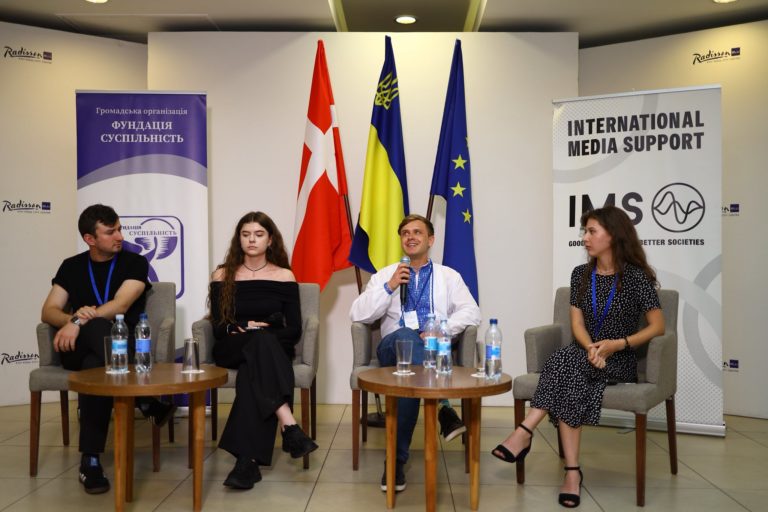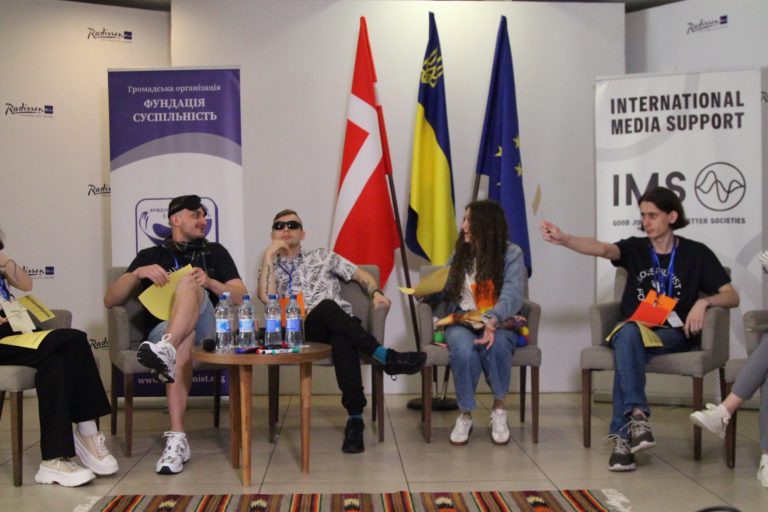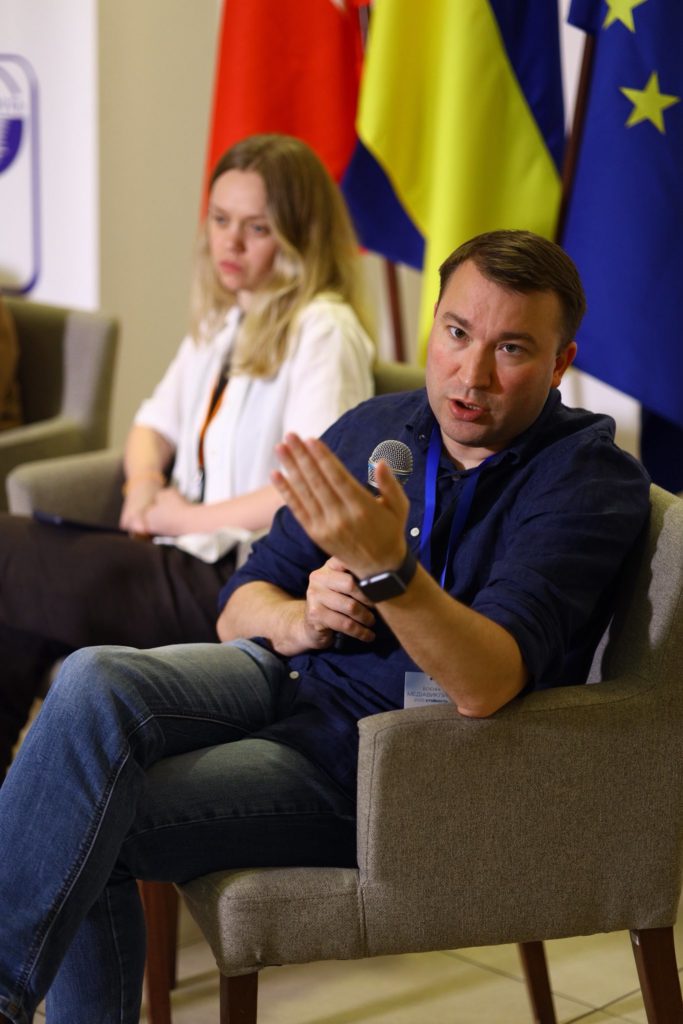
It’s public. It’s professional. It’s principled. Suspilne in Ukraine is proof that it’s possible to stay honest and in-depth, influential and modern. The risks, transformations, and people behind Suspilne were the focus of a powerful discussion at the Wartime Media Challenges 2025 forum.
Svitlana Ostapa, Chair of the Supervisory Board, emphasized: “We give journalists more independence than others—and it shows. It’s no accident that it’s Suspilne’s slot in the national telethon that maintains political balance.”
Mykola Chernotytskyi, Chair of the Board, spoke about standards and professional growth: “Suspilne means experience, European fellowships, and a clear understanding of why you work in this field. Traditional television isn’t dead—it’s simply become segmented, and people still watch it, including on Megogo.”
Vlad Rudnytskyi, journalist for the project Khto pro shcho, spoke about new voices at Suspilne and content for young audiences: “We need to stay connected to the context. I started filming as a teenager—maybe that’s why I understand today’s kids better. They’re our future, and we need to talk to them simply, honestly, and as equals.”
Yuliia Dychuk highlighted another vital segment of the audience—children: ”They’re a very dynamic group. What’s relevant today may already be outdated tomorrow. Content for them must be responsible—because indifference is dangerous. Often, the answer to the question ‘what and how to show?’ comes from the children themselves.”
This panel is yet another proof that Suspilne in Ukraine isn’t an exception—it’s a model. A model of media that speaks on behalf of the community—and alongside it.
